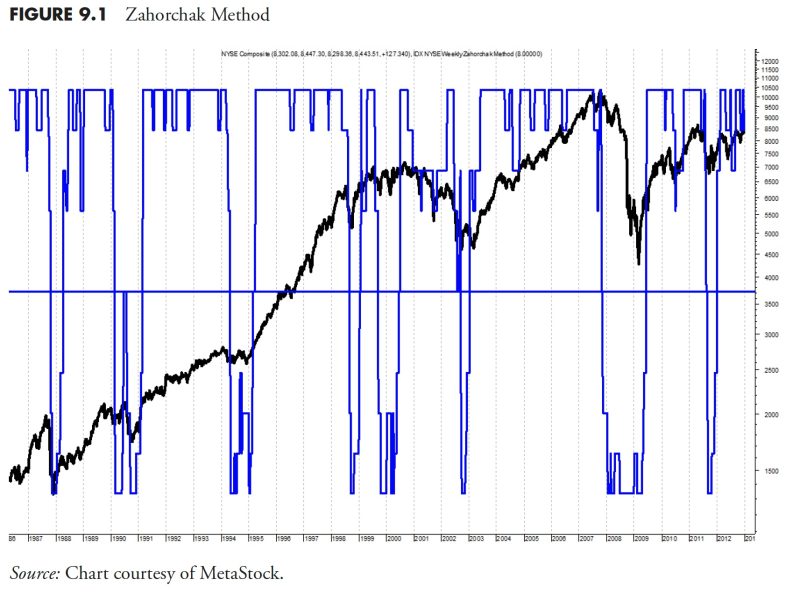March 15, 2024
Unlocking the Power of Technical Analysis in Market Research and Analysis – Part 1
 ### Understanding Technical Analysis in Market Research
#### History and Evolution:
Technical analysis traces its origins back to the late 19th century when Charles Dow proposed the Dow Theory. This theory laid the foundation for analyzing stock market trends based on historical price movements. Over time, technical analysis evolved with the advent of computers and advanced charting tools, making it an essential component of market research today.
#### Basics of Technical Analysis:
At its core, technical analysis involves studying past market data, primarily price and volume, to forecast future price movements. Analysts use various tools and techniques such as chart patterns, indicators, and oscillators to identify trends and patterns in the market. These patterns help traders make informed decisions on when to buy or sell assets.
#### Benefits of Technical Analysis:
1. **Objective Approach:** Unlike fundamental analysis, which relies on subjective factors like company financials, technical analysis is more data-driven and objective. Traders rely on historical price data, which is readily available, to make decisions.
2. **Identifying Trends:** Technical analysis helps traders identify trends in the market, whether it be uptrends, downtrends, or sideways trends. By recognizing these trends, traders can capitalize on potential opportunities for profit.
3. **Timing Trades:** One of the key benefits of technical analysis is its ability to help traders time their trades effectively. By studying price movements and patterns, traders can enter and exit positions at optimal points, maximizing potential gains and minimizing losses.
4. **Risk Management:** Technical analysis also aids traders in managing risk by setting stop-loss orders and risk-reward ratios based on key support and resistance levels. This helps traders protect their capital and avoid significant losses.
#### Limitations of Technical Analysis:
Despite its benefits, technical analysis has its limitations. Critics argue that technical analysis may not consider external factors like economic indicators, news events, or market sentiment, which can significantly impact asset prices. Moreover, patterns identified through technical analysis may not always hold true, leading to false signals and potential losses for traders.
#### Conclusion:
While technical analysis has its advantages and drawbacks, it remains a valuable tool in market research. By combining technical analysis with fundamental analysis and a thorough understanding of market dynamics, traders can make informed decisions and navigate the complexities of the financial markets effectively. In part two of this series, we will delve into the world of fundamental analysis and its role in market research.
### Understanding Technical Analysis in Market Research
#### History and Evolution:
Technical analysis traces its origins back to the late 19th century when Charles Dow proposed the Dow Theory. This theory laid the foundation for analyzing stock market trends based on historical price movements. Over time, technical analysis evolved with the advent of computers and advanced charting tools, making it an essential component of market research today.
#### Basics of Technical Analysis:
At its core, technical analysis involves studying past market data, primarily price and volume, to forecast future price movements. Analysts use various tools and techniques such as chart patterns, indicators, and oscillators to identify trends and patterns in the market. These patterns help traders make informed decisions on when to buy or sell assets.
#### Benefits of Technical Analysis:
1. **Objective Approach:** Unlike fundamental analysis, which relies on subjective factors like company financials, technical analysis is more data-driven and objective. Traders rely on historical price data, which is readily available, to make decisions.
2. **Identifying Trends:** Technical analysis helps traders identify trends in the market, whether it be uptrends, downtrends, or sideways trends. By recognizing these trends, traders can capitalize on potential opportunities for profit.
3. **Timing Trades:** One of the key benefits of technical analysis is its ability to help traders time their trades effectively. By studying price movements and patterns, traders can enter and exit positions at optimal points, maximizing potential gains and minimizing losses.
4. **Risk Management:** Technical analysis also aids traders in managing risk by setting stop-loss orders and risk-reward ratios based on key support and resistance levels. This helps traders protect their capital and avoid significant losses.
#### Limitations of Technical Analysis:
Despite its benefits, technical analysis has its limitations. Critics argue that technical analysis may not consider external factors like economic indicators, news events, or market sentiment, which can significantly impact asset prices. Moreover, patterns identified through technical analysis may not always hold true, leading to false signals and potential losses for traders.
#### Conclusion:
While technical analysis has its advantages and drawbacks, it remains a valuable tool in market research. By combining technical analysis with fundamental analysis and a thorough understanding of market dynamics, traders can make informed decisions and navigate the complexities of the financial markets effectively. In part two of this series, we will delve into the world of fundamental analysis and its role in market research.
If you would like to delve into the world of investment topics , go to our partner project Wall Street Wizardry


